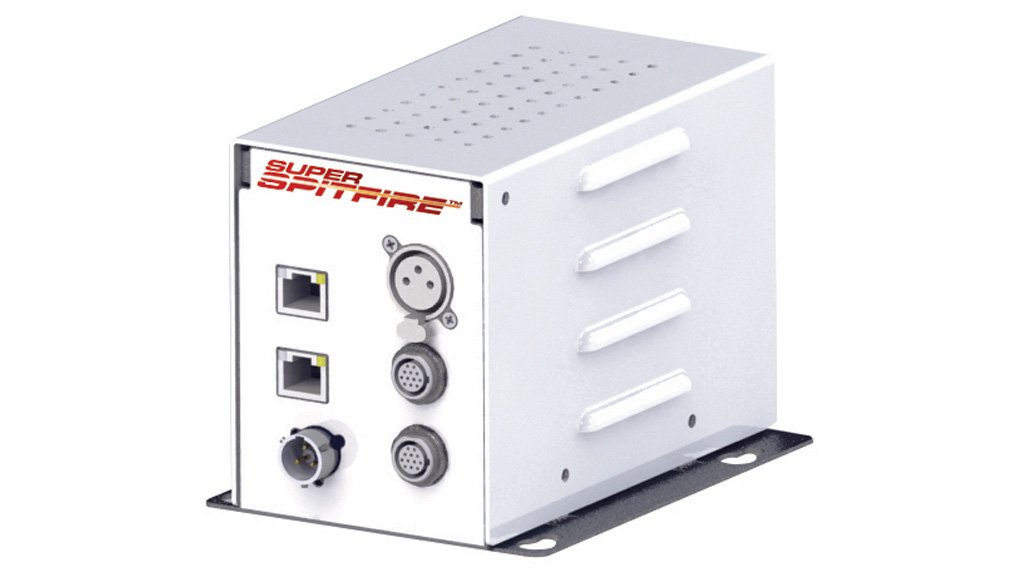Australia-based mining safety solutions company Nautitech Mining Systems has chosen South Africa as its gateway into the African mining market, owing to the number of mining projects and opportunities available in the country and on the continent.
When its products and brands are established in South Africa, the company intends to expand from the underground coal mining sector in South Africa to above-ground operations and hard-rock mining in other African countries, Nautitech GM Alex Lester tells Mining Weekly.
In Australia, the Nautitech Spitfire broadband power line modem (BPLM) has 100% of the shearer market and about 80% of the continuous miner market in the underground coal mining sector. To achieve this level of market dominance, Lester says the company underwent successful collaboration and trials with mining firms Glencore and Australia-based Ensham, and aims to replicate this success in South Africa, as well as in the rest of Africa.
He admits that this plan will take time to implement, but steady progress is already noticeable.
Nautitech says it was a logical choice to start the company’s overseas ventures in South Africa, owing to its large mining industry, and, therefore, launched the Spitfire BPLM in January, a first of its kind for the South African mining industry.
The Spitfire BPLM is designed to stream communications by means of the existing power line cabling from underground mining operations to the surface, using only a small portion of the modem’s 60 Mb/s to 90 Mb/s overall capacity. Therefore, more devices can be connected to the Spitfire modem’s extra bandwidth to transmit data.
“Additional devices include the Nautitech thermal or high-definition colour cameras; gas moni- toring, with real-time readings sent to surface; and additional communication devices, including proximity detection systems,” notes Lester.
He asserts that Nautitech prides itself on its innovative nature and focus on solutions that make a difference to safety, productivity and communications, which help to solve related problems that mines have been contending with for a long time.
Lester points out that interest in the company’s technology from the South African market has increased since the Nautitech Spitfire BPLM was introduced this year. This interest has resulted in the company’s successful completion of a trial through mining solutions company Joy Global of the Spitfire BPLM on a shuttle car at petrochemicals giant Sasol’s Syferfontein underground coal mine, in Secunda, Mpumalanga.
This was an industry first, as using BPLM technology on shuttle cars has been hindered by the perception that it would not be easy to get data through the slip rings – a ring dynamo or electric motor that is attached to and rotates with the shaft, he highlights.
However, the Nautitech Spitfire had no issues, sending a perfect signal through the slip rings and, hence, the mine’s shuttle cars are now fully connected and sending data to the surface from underground, he adds.
The Spitfire, says Lester, is undergoing a “particularly challenging trial” at a platinum mine in South Africa, involving ten drill rigs operating at different levels underground at depths of up to 4 km.
Nautitech has followed the launch of its BPLM technology, which “has been very successful”, with the introduction of a thermal camera capable of human analytics for driver alerts of human presence and a methane detection, shutdown and startup system.
Safety Benefits of Spitfire
Lester asserts that all the company’s products are International Electrotechnical Commission and Mining and Surface Certification-approved: “Safety is non-negotiable in underground mining and . . . the industry is currently challenged to increase productivity without compromising on safety.”
He comments that Nautitech’s communications system offers a high bandwidth with coverage to areas previously having little or no coverage at all.
Having real time, live data from the face to the surface follows an autonomous mining approach, resulting in workers being removed from potential danger zones and positioned in control rooms to monitor performance underground, communicate with employees and operate equipment, Lester emphasises.
Using the Spitfire BPLM also potentially improves outcomes in emergency situations, he notes. Other benefits include improved efficiency and productivity, fleet optimisation and better machine-performance monitoring.
Moreover, Lester highlights that the Spitfire modems require little maintenance and, thus, the company offers a two-year warranty on the technology. However, when a vehicle or piece of equipment, which has been equipped with the Spitfire BPLM, comes out of the mine, a technician might check that all is in order before the modem is installed on a new vehicle or machine, he explains.
Edited by: Tracy Hancock
Creamer Media Contributing Editor
EMAIL THIS ARTICLE SAVE THIS ARTICLE
To subscribe email subscriptions@creamermedia.co.za or click here
To advertise email advertising@creamermedia.co.za or click here















